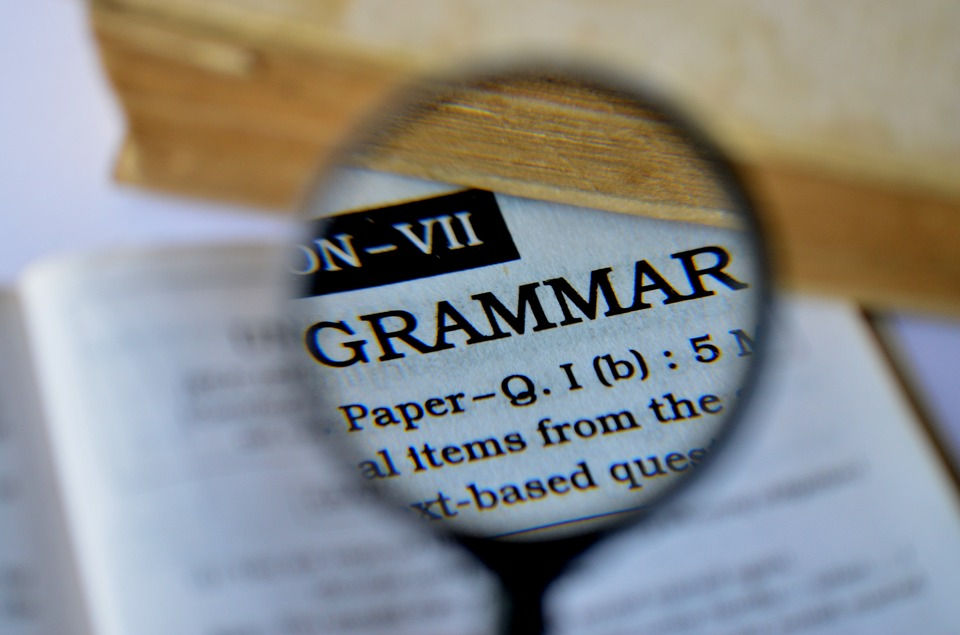Simple tips for clear academic writing
- Zarah

- Feb 3, 2020
- 4 min read
Updated: Feb 29, 2020
Last week I wrote and submitted two thesis proposals and made the final edits to my first peer-reviewed first-author manuscript. In doing that, I noticed that I was putting into action tips and directives on academic writing that my shrewd and supportive advisor has given me over the last two years. Interested in cataloging them for myself, I thought I would share them here in case they are of interest to you. None of these rules are groundbreaking, but because they are not particularly important in everyday writing, I have needed a few reminders.
Avoid using the pronouns like “it,” “that,” “these,” etc. alone as a subject. when referring to a specific thing previously mentioned. For example, I did not at first include the word “rules” in the last sentence of the first paragraph of this post. The reader could have probably figured out what I meant without it, but being explicit helps to avoid confusion.
Always use the words “this” and “that” as a conjunction. I used “that” as a conjunction in the second sentence of this blog post, i.e. “I noticed that I was putting into action …” This sentence would mean the same thing without “that,” but including “that” is more explicit helps the reader follow the direction of the sentence.
Do not use contractions. It is professional writing and we are saying all of the words.
If you have taken only one science class, chances are good that someone told you that you need to specify your units. Units are truly important. I have now learned that certain units need to be qualified. For example, in the context of my work “degrees” and “km” need to be specified to be "degrees latitude" and "km in altitude" to distinguish them from degrees Celsius or km along some other dimension or in reference to some other point.
Avoid using the same word multiple times in close proximity. This can be challenging because referring to the thing later simply as “that” or “these” violates the first rule on this list. Another option is to use a synonym in place of the repeated word. This is tricky because in professional science writing, words are chosen with a precise meaning and sometimes a synonym fails to replicate the exact thought. It can also be confusing to the reader when the writer refers to the same idea in different ways. When no suitable substitute exists, consider re-arranging your paragraph. Desperate times call for desperate measures.
Use active voice. Even when you really do not want to.
A paragraph needs to be at least five sentences long. I bend this rule on occasion (the introductory paragraph to this post is only four), but I am forbidden from ever again attempting a one-sentence paragraphs. Secretly, I reserve the right to someday write a one-sentence paragraph in a professional context but this will have to wait until I have something to say that is of truly momentous impact.
Paragraphs should all be roughly the same length. I am not actually fully on board with this rule either. When pressed, my advisor admitted that it is perhaps a matter of taste. Despite the fact that I have not officially adopted this resolution, it has turned out to be a pretty solid guideline. This might be attributed to a related rule to avoid long paragraphs since they are less likely to contain a single idea and can become tiresome to follow. Given, now, that all paragraphs should be between five sentences and “too many,” it makes sense that they should tend towards a similar length.
In academic writing, the writer typically has a lot to say. For example, it may be necessary to refer to things with lengthy and complicated names or to add more than one layer of specification. I personally love to string together just an absolute slew of clauses. However, I have learned that sentences should not sprawl out like 1980's suburbia and I try to limit myself to a reasonable length. I break long sentences up into two smaller ones. Just so you know, the previous sentence was originally connected to the one before it with an “and.” See how well I am doing?
The last sentence of a paragraph should always lead you into the next paragraph. This does not seem like this should be particularly difficult and yet, it can sometimes be a struggle. I often move paragraphs around to find a logical order to a set the concepts I am describing. The transition sentence for one order will sometimes be much easier to write than for another order, since the meaning can change subtly based on the words that are used for a particular arrangement. Good transition sentences are something I am working on.
It is also important to end with a conclusion, so I will. While nothing here is particularly complicated, adopting a new writing style comes with challenges. I am grateful to my advisor for suggesting these rules and for the patience with which he has proofread work that continued to violate them. I am pleased with the dexterity I am gaining in professional academic writing and I look forward to developing my capacities. And while this kind of writing is good to know how to do, I’m glad that I don’t have to write like this all the time and that I have other outlets where I can write like I talk. Like here.




Comments